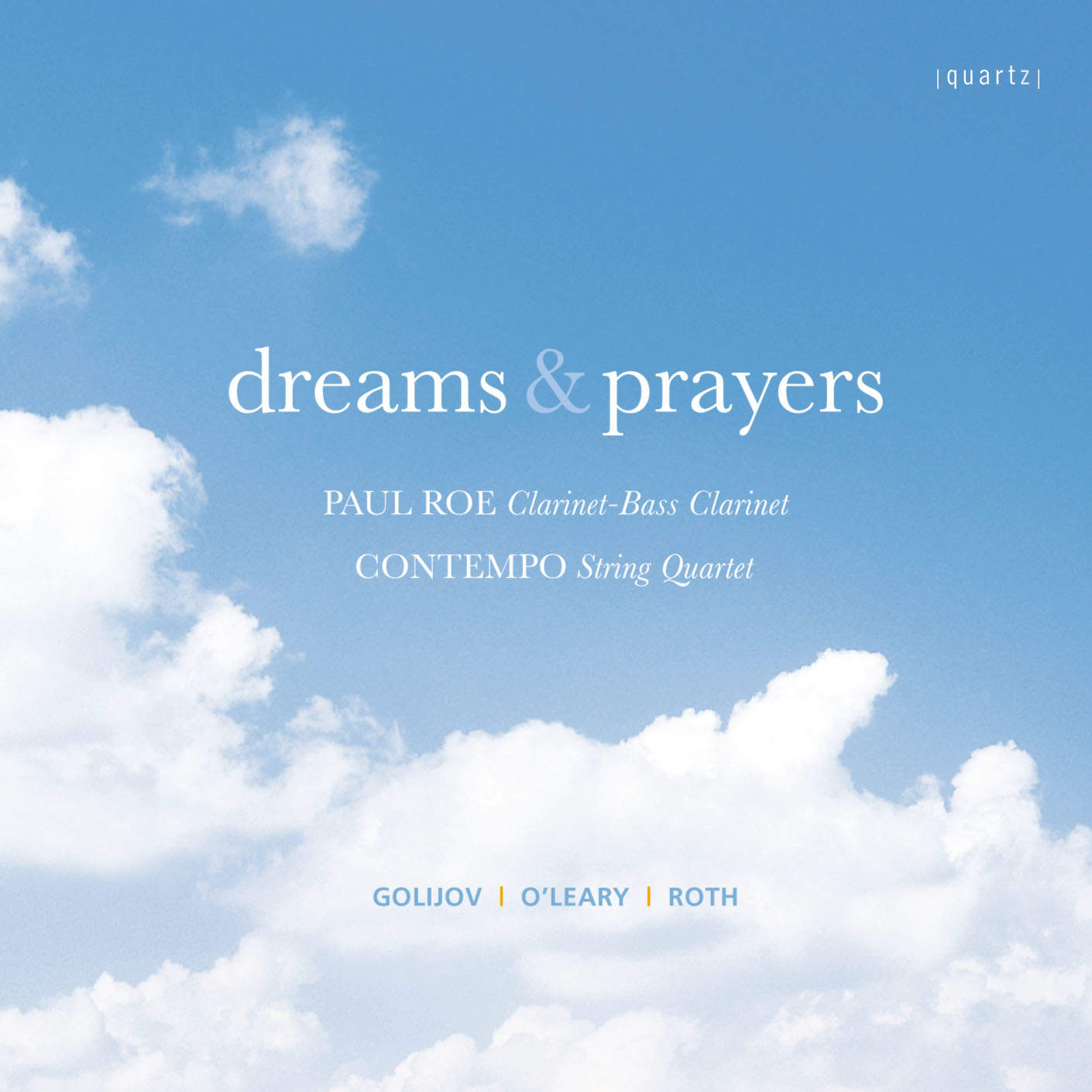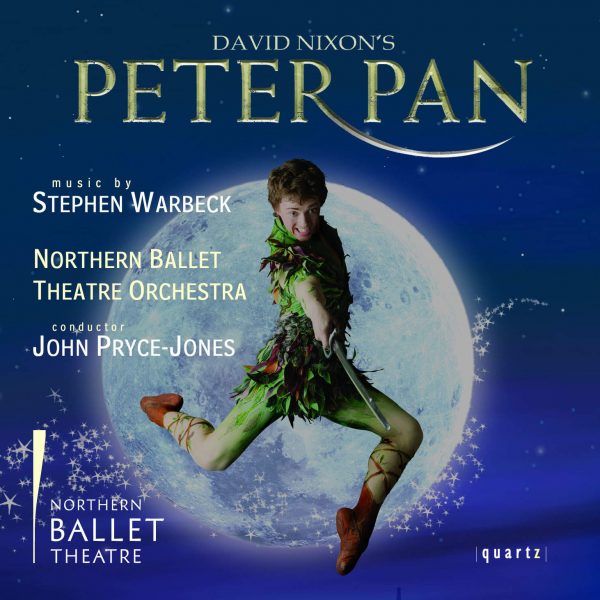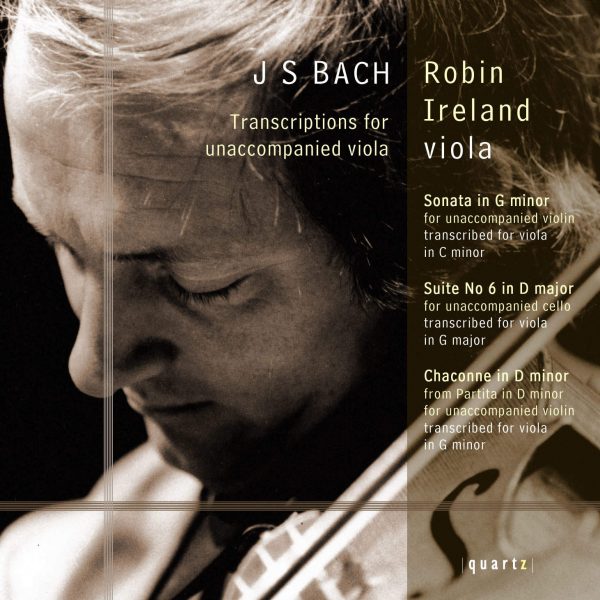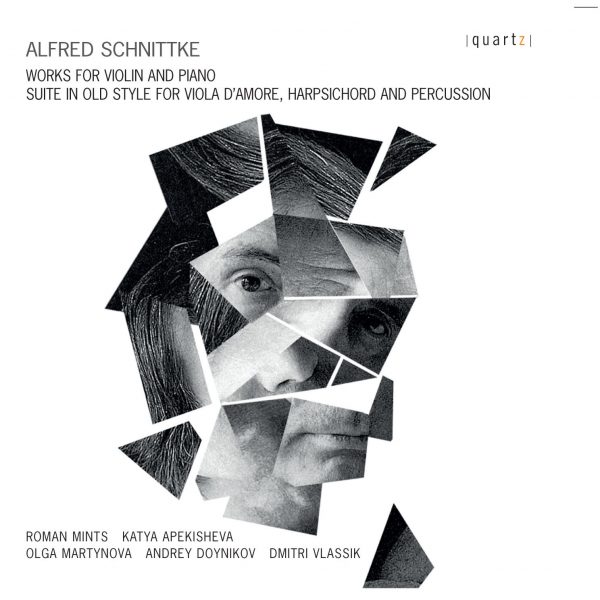Dreams and Prayers
Price range: £5.99 through £11.99
OSVALDO GOLIJOV
THE DREAMS AND PRAYERS OF ISAAC THE BLIND (1994)
Prelude: Calmo, Sospeso
i Agitato – Con Fuoco – Maestoso – Senza Misura, Oscilante
ii Teneramente – Ruvido – Presto
iii Calmo, Sospeso – Allegro Pesante
Postlude: Lento, Liberamente
JANE O’LEARY
SOUNDSHAPES II (2007)
Movement I 2’19
Movement II 2’49
Movement III 3’20
Movement IV 3’20
CLARINET QUINTET FOR KLEZMER CLARINET/BASS CLARINET AND STRING QUARTET (2010)
About This Recording
OSVALDO GOLIJOVThe Dreams and Prayers of Isaac the Blind (1994)
The movements of this work sound to me as if written in three of the different languages spoken by the Jewish people throughout our history. This somehow reflects the composition’s epic nature. I hear the Prelude and the first movement, the most ancient, in Aramaic; the second movement is in Yiddish, the rich and fragile language of a long exile: the third movement and Postlude are in sacred Hebrew. The Prelude and the first movement simultaneously explore two prayers in different ways. The quartet plays the first part of the central prayer of the High Holidays, ‘we will observe the mighty holiness of this day…’, while the clarinet dreams the motifs from ‘Our Father, Our King’. The second movement is based on ‘The Old Klezmer Band’, a traditional dance tune, which is surrounded here by contrasting manifestations of its own halo. The third movement was written before all the others. It is an instrumental version of K’vakarat, a work that I wrote a few years ago for Cantor Misha Alexandrovich. The meaning of the word klezmer: instrument of song, becomes clear when one hears the clarinettist’s interpretation of the cantor’s line. This movement, together with the postlude, bring to conclusion the prayer left open in the first movement: ‘…Thou pass and record, count and visit, every living soul, appointing the measure of every creature’s life and decreeing its destiny’© 2012, Osvaldo Golijov
JANE O’LEARYSoundshapes II (2007)
This work was commissioned with funds provided by the Arts Council and first performed at the National Gallery of Ireland by Bernie Balfe and a string ensemble.It is in four short movements. Beginning with open strings, harmonics and gradual shifts between notes with vibrato and those without, the listener is led through a variety of soundshapes. Musical gestures emerge from a spacious and fluid background. The clarinet is both contrasted with and blended with the string sounds in a search for echoes and resonances between the two instrumental timbres.
NICK ROTHQuintet (2010)
The Quintet is written in the form of a theme and variations, where the theme of the work is the character of the Jewish people. Some sections of the piece are in themselves a micro-variation on this theme, whilst others in transmuting the source material more dramatically reach towards a universality that alleviates the music from the role of mere stone setting and aspire to effect an alchemical reaction. Correspondingly, the piece moves rapidly between movements; sometimes barely giving an idea a chance to develop, whilst at other times allowing it to grow towards a natural conclusion.
Track Listing
-
Osvaldo Golijov
- The Dreams and Prayers of Isaac the Blind - Prelude: Calmo - Sospeso
- The Dreams and Prayers of Isaac the Blind (i) Agitato - Con Fuoco - Maestoso - Senza Misura Oscillante
- The Dreams and Prayers of Isaac the Blind (ii) Teneramente - Ruvido - Presto
- The Dreams and Prayers of Isaac the Blind (iii) Calmo - Sospeso - Allegro pesante
- The Dreams and Prayers of Isaac the Blind - Postlude: Lento liberamente Jane O'Leary
- Soundshapes II - Movement I
- Soundshapes II - Movement II
- Soundshapes II - Movement III
- Soundshapes II - Movement IV Nick Roth
- Clarinet Quintet for Klezmer Clarinet | Bass Clarinet and String Quartet




